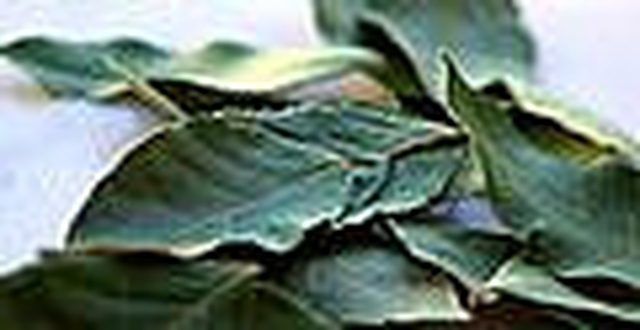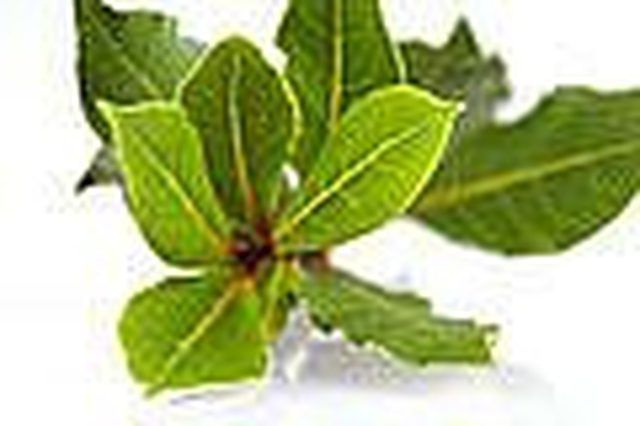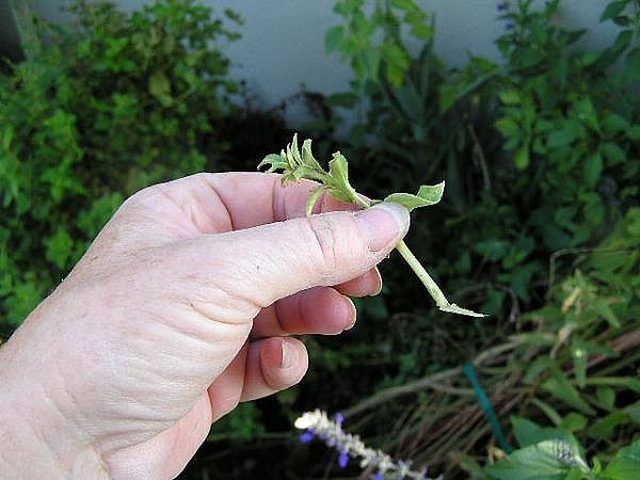Bulbs
Flower Basics
Flower Beds & Specialty Gardens
Flower Garden
Garden Furniture
Garden Gnomes
Garden Seeds
Garden Sheds
Garden Statues
Garden Tools & Supplies
Gardening Basics
Green & Organic
Groundcovers & Vines
Growing Annuals
Growing Basil
Growing Beans
Growing Berries
Growing Blueberries
Growing Cactus
Growing Corn
Growing Cotton
Growing Edibles
Growing Flowers
Growing Garlic
Growing Grapes
Growing Grass
Growing Herbs
Growing Jasmine
Growing Mint
Growing Mushrooms
Orchids
Growing Peanuts
Growing Perennials
Growing Plants
Growing Rosemary
Growing Roses
Growing Strawberries
Growing Sunflowers
Growing Thyme
Growing Tomatoes
Growing Tulips
Growing Vegetables
Herb Basics
Herb Garden
Indoor Growing
Landscaping Basics
Landscaping Patios
Landscaping Plants
Landscaping Shrubs
Landscaping Trees
Landscaping Walks & Pathways
Lawn Basics
Lawn Maintenance
Lawn Mowers
Lawn Ornaments
Lawn Planting
Lawn Tools
Outdoor Growing
Overall Landscape Planning
Pests, Weeds & Problems
Plant Basics
Rock Garden
Rose Garden
Shrubs
Soil
Specialty Gardens
Trees
Vegetable Garden
Yard Maintenance
How to Propagate a Bay Tree
How to Propagate a Bay Tree. The bay tree, Laurus nobilis, is a large, attractive evergreen tree that gives us the culinary leaves known and loved by cooks everywhere. The California bay can also be used for cooking. Here is some information on how to propagate these trees.

The bay tree, Laurus nobilis, is a large, attractive evergreen tree that gives us the culinary leaves known and loved by cooks everywhere. The California bay can also be used for cooking. Here is some information on how to propagate these trees.
The easiest method of propagation if you have a tree that has a lot of basal suckers is to dig the sucker growth with some roots attached and transfer it to grow on separately in a pot until large enough to plant. The ideal time to do this is in the spring when growth is strong.
If there are no rooted suckers to take advantage of, the next best form of propagation of the Bay is to take cuttings. It is not the easiest tree to grow from cuttings, so take a number of them to be sure you have enough successes to serve your needs. Not all are likely to make it. Some people have had the best luck starting with cuttings of healthy new growth in the spring. Most recommend slightly ripened, semi-hardwood growth from early summer. Yet others recommend early autumn growth. I suspect the time of year is less important than the conditions of growth.

Bay cuttings will fare best with bottom heat. If you have a heating mat (sold through garden supply stores, catalogs and the internet), you will be able to control your heat the best. For purists who have the set-up for it, you can use hot compost under the pots or rooting trays.
Bay is susceptible to fungus and rot which makes it a bit more tricky since your rooting medium (sterilized potting or seed soil, or a mixture of perlite and sand) should not be allowed to dry out. Rooting hormone powder should help as it not only encourages the formation of roots, but has a fungicide mixed in. Dip your cutting in the hormone powder and press the end of the cutting into your moistened medium.
If you do not want to use rooting hormone powder, you can try using a tea made of dried willow leaves and watering with it. It is not fungicidal, but it will encourage rooting.
With bottom heat and high humidity (misting will help), your cuttings should start to root from 30 - 90 days in temperatures ideally in the 70's. They can, however, take up to a year, so if they are still green, don't give up on them. You will have the best luck using a propagator.

When you see your cutting actively putting out new growth, you will likely have some good roots started. Wait until the plant has grown a few new leaves before planting in a larger container. Although your tree will grow reasonably fast at this young age, it may take a year or two before it is ready to go into the ground. On the whole, Laurel Bay trees are slow growers.
There are two more ways to propagate this tree. You can try growing Bay laurels from seed, but most seed tends to rot before germinating.
Layering is also a way to propagate this plant. Bend a branch gently until it lays on ground. Make a nick in the branch where it touches the ground and hold it in place against the soil with a rock on either side or use garden staples. You can also use hormone powder on the nicked area. It is a hit-or-miss method, but if your layering works, your plant is likely to grow a bit faster than a cutting. It can take 6 months to a year or more to root.